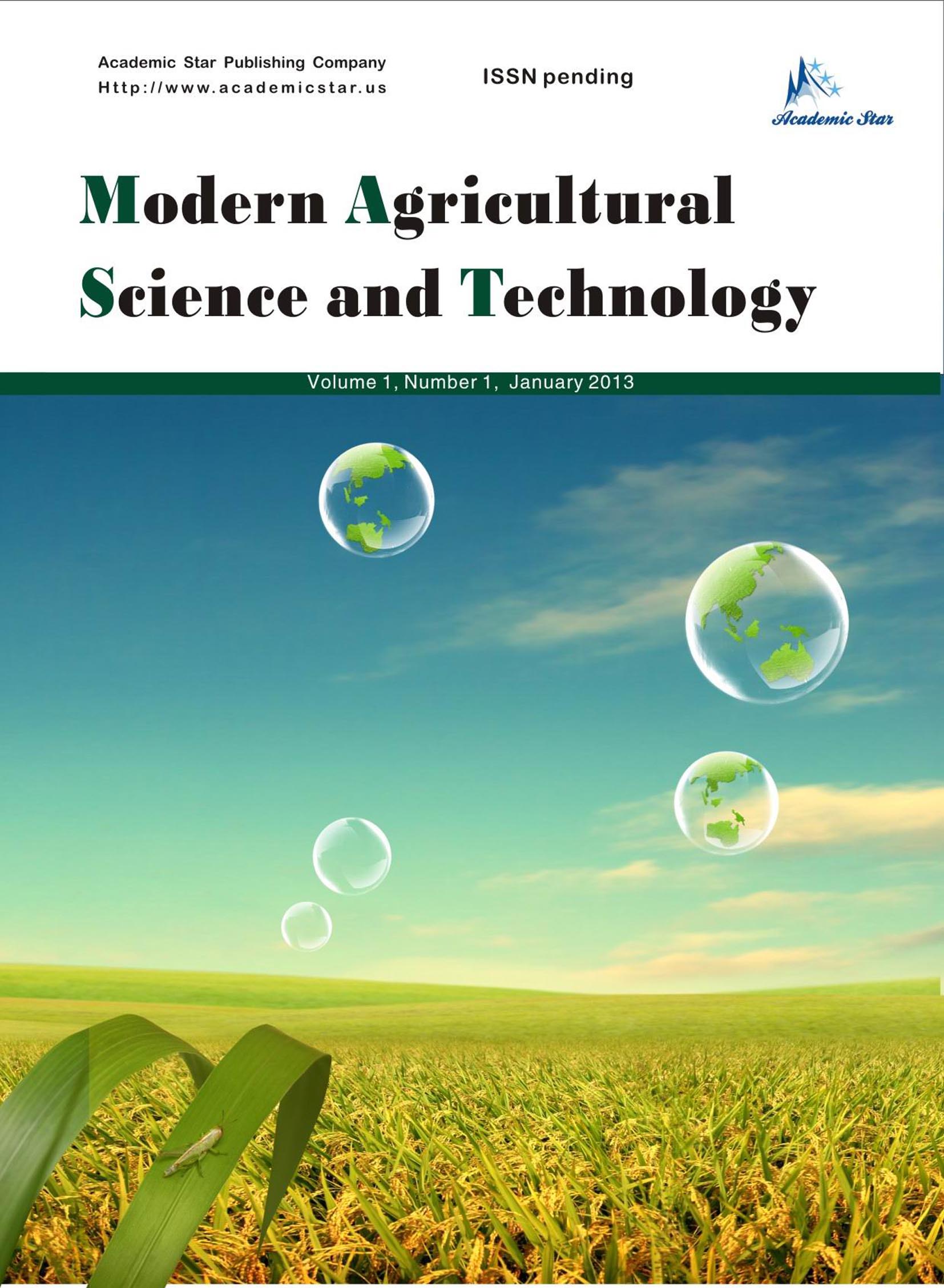Non-Excavation Subsurface Irrigation and Drainage
Systemin the Reclaimed Lowland to be Cultivated with
Upland-Field Crops
Hyuntai Kim1, Donguk Seo2, and Jeonyong Ryu3
1. Future Rural Technology Research Center, Korea
2. Rural Research Institute, Korea Rural Community Corporation, Korea
3. Overseas Project Office, Korea Rural Community Corporation, Korea
Abstract: Although previously the reclaimed land has been developed and used mainly for paddy field in Korea, there is a need to improve the reclaimed land to be cultivated for highland-field crop, due to the necessity for smooth management of grain supply and demand to cope with the changes of international and domestic agricultural environment, and higher farming income from highland-field crops than rice. However, it is difficult to cultivate highland-field crops in the reclaimed land, because it is mostly located in lowland, containing high salinity soil with a difficulty of drainage due to the characteristics of fine grained soil which is a major component of the reclaimed land. In addition, there is a big problem of re-salinization of root zone soil caused by the capillary rise of saline groundwater during the dry season.
In this study, seepage analysis to draw high-capacity drainage system was conducted by each type of subsurface drainage system, and subsoil breaking and no-excavation subsurface drainage system were proposed to be utilized for the improvement of reclaimed land at low-cost to cultivate highland-field crops. Following results were acquired through pilot construction in the field.
(1) Reclaimed soil of Korea, which is mostly impermeable (k < 1*10-4 cm/s), requires the introduction of (i) subsurface drain and (ii) subsoil breaking method, to improve the land to be cultivated for highland-field crop.
(2) In order to array the appropriate spacing (3-10 m) by the soil type, it is necessary to develop and introduce cost-effective non-excavation subsurface drainage system installation method.
(3) The introduction of subsurface irrigation and drainage system is necessary to clean drain system and to prevent re-salinization.
(4) As a result of the pilot construction of cost-effective non-excavation subsurface irrigation and drainage system, it was confirmed that workability was improved due to the construction of non-excavation method, and construction cost was lower (75%) and subsurface drain and desalinization performance was far superior (over 150%) with 5 m intervals in parallel with subsoil breaking method than that of existing method with 10 m intervals.
(5) It was proved that subsoil breaking and subsurface irrigation and drain system were efficient to clean the drain system using underground irrigation water as well as prevent re-salinization. And also it was confirmed that the system made the desalinization of soil from 10-15 ds/m to 2-5 ds/m within a year under the condition of natural rainfall possible.
As the result of the crop cultivation on the pilot reclaimed land desalinized by subsoil breaking and subsurface irrigation and drain system, it was found that crop growth without any damage by moisture during wet season was shown in good status, and it led to conclusion that the system is highly effective for the development of reclaimed land.
Key words: subsoil breaking, subsurface irrigation and drainage, subsurface horizontal filter system, non-excavation system







